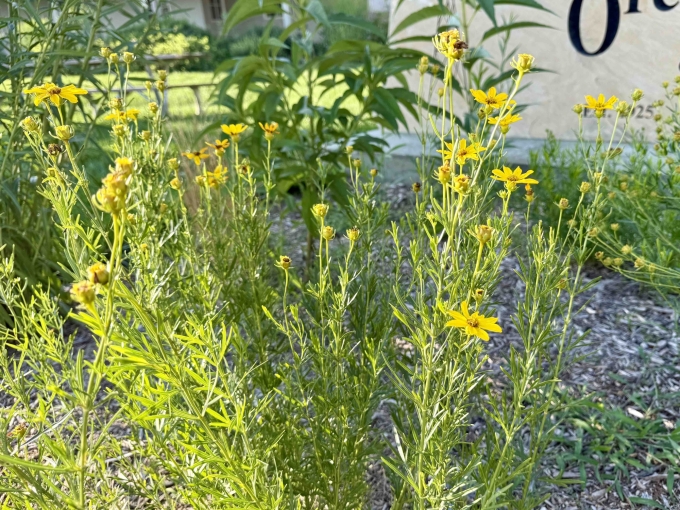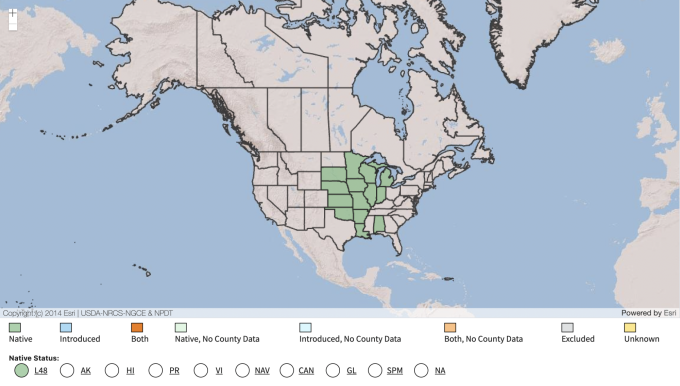Common Name: Prairie Coreopsis
Family: Asteraceae
Plant Type: Herbaceous Perennial
Hardiness Zones: 3–8
Height: 1.5 to 3.0 feet
Spread: 1.0 to 2.0 feet (spreads by rhizomes)
Bloom Time: June to August
Bloom Description: Bright yellow, daisy-like flowers with notched petals
Sun Exposure: Full sun
Water Needs: Dry to medium
Soil Preference: Well-drained; thrives in sandy, rocky, or clay soils
Management Level: Low
Suggested Use: Prairie gardens, native borders, erosion control
Attracts: Bees, butterflies, beneficial insects
Tolerates: Drought, dry soil, erosion, poor soils
Notable Features: Spreading habit, long bloom time, tough and adaptable
Native Range: Central United States, including Nebraska; commonly found in dry prairies, roadsides, and open fields.
Nebraska Growing Notes:
A dependable native wildflower, Coreopsis palmata thrives in dry, sunny conditions and is well-suited to Nebraska’s prairies and low-maintenance plantings. It spreads by rhizomes to form loose colonies, making it effective for erosion control and naturalizing efforts. Its deeply lobed, “palmate” foliage gives the plant a distinctive texture even when not in bloom.
The bright yellow blooms are a valuable summer nectar source for pollinators and provide cheerful color in mixed prairie plantings.
Landscape Use:
Ideal for prairie restorations, pollinator gardens, roadside plantings, and native perennial borders. Combines well with grasses like little bluestem and wildflowers like purple coneflower or butterfly milkweed.
Caution:
Can spread aggressively in lean soils if unmanaged, especially in open beds. Divide clumps every few years if spread control is needed.
Garden Locations:
Bed(s) 4



